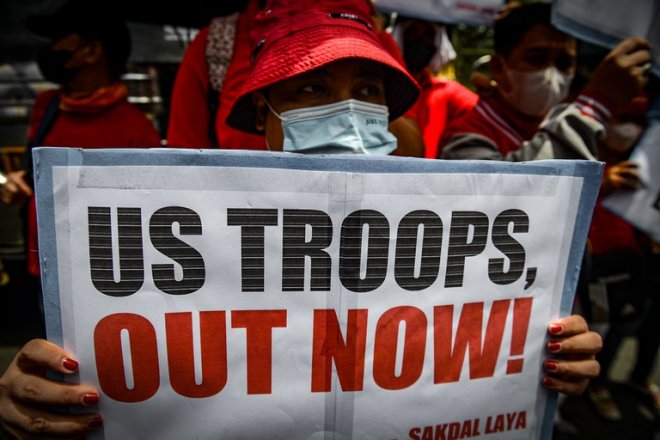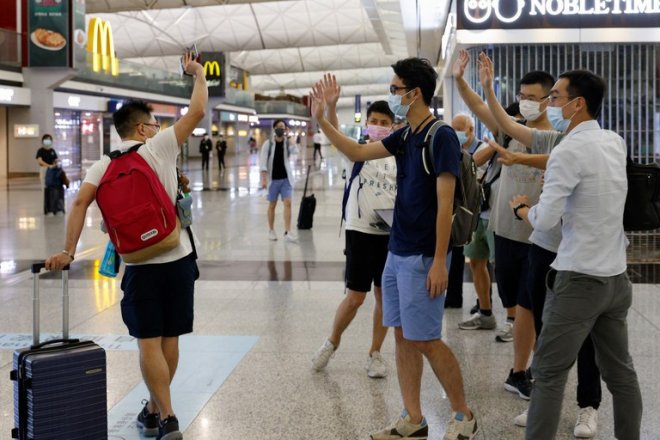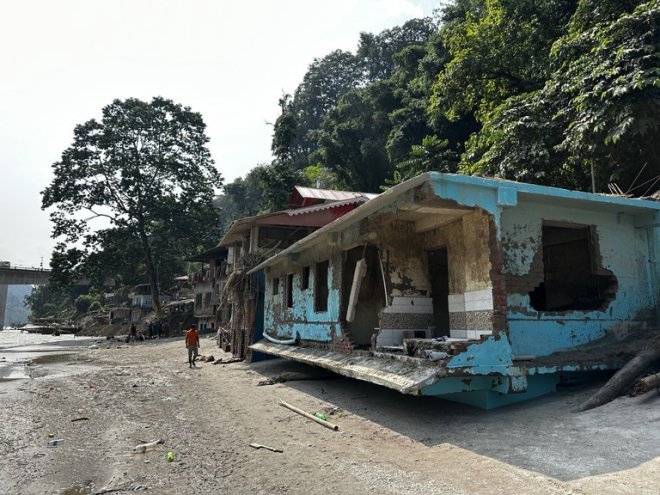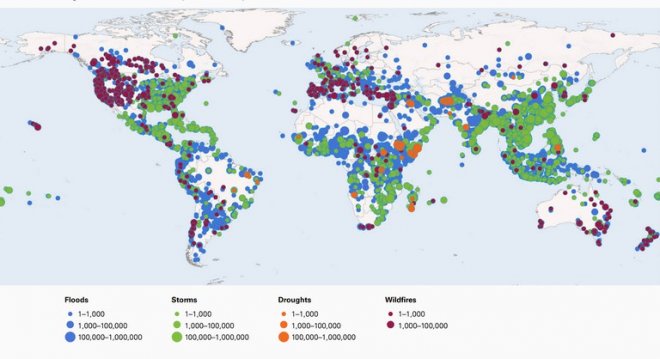Marcos says Philippine military bases won’t be used to attack China
Philippine military bases where the United States has been granted expanded access are not intended to be used for offensive action against any country, President Ferdinand Marcos Jr. said as he wrapped up a four-day visit to Washington.Marcos’ remarks as he spoke at the Center for Strategic and International Studies, a local think-tank, marked his first categorical public rejection of such a scenario and it was also a message he said he had conveyed recently to China’s foreign minister.
“I assured him that, no, these are not intended to be military bases to attack, to move against anyone … not China, not any country,” he said at the CSIS event on Thursday, in response to a question from BenarNews, an RFA-affiliated online news service.
Marcos also replied that the U.S. had never asked Manila to contribute Filipino troops to combat operations should war break out between the U.S. and China over Taiwan.
The sites under the bilateral Enhanced Defense Cooperation Agreement were conceived to respond more efficiently to natural disasters driven by climate change, and the U.S. had not brought up using them as “staging areas” for offensive action, he said.
He added, however, that with increasing tensions, especially in the Taiwan Strait, security and defense had become part of the mission.
“That’s why it became sensitive,” he said. “And that is why China has been terribly critical.”
Since coming to office last year, Marcos has deepened traditional security ties with the U.S., including by granting its treaty ally access to four new military bases in February. China criticized the move saying it would escalate tensions and endanger peace and stability in the region.
The Marcos administration’s decision to grant American forces expanded access to Philippine bases under the EDCA has also sparked domestic criticism from Filipinos, who worry this could drag their country into a war between the U.S. and China over Taiwan.
“Should there be such an attempt to use the EDCA sites for offensive action, then that would be outside the parameters of what we had discussed and what the EDCA sites are in fact for,” Marcos said at CSIS.
“But to be fair, the United States has never brought up the possibility that we will use – that the United States will use – the EDCA sites as staging areas for any offensive action against any country.”
 Protesters denounce an Enhanced Defense Cooperation Agreement that allows U.S. forces to use Philippine military sites, during a May Day demonstration outside the American embassy in Manila, May 1, 2023. Credit: Jojo Riñoza/BenarNews
Protesters denounce an Enhanced Defense Cooperation Agreement that allows U.S. forces to use Philippine military sites, during a May Day demonstration outside the American embassy in Manila, May 1, 2023. Credit: Jojo Riñoza/BenarNewsAnalysts say Marcos is walking a foreign policy tightrope. On the one hand, the Philippines is on the front line of a territorial dispute with China in the South China Sea, while on the other, China is one of the Southeast Asian nation’s biggest trading partners.
The issue of U.S. access to Philippine bases comes amid heightened tensions between China and Taiwan, which Beijing considers a renegade province that must be reunited — by force if necessary.
Washington has said it wants to see Taiwan’s status resolved peacefully, though it is committed to providing the island with the military needs to defend itself.
Marcos’ visit to the U.S. follows Balikatan, the largest joint training exercise between the partners in the Philippines, which included training on Patriot, Avenger and Stinger systems. The exercise featured a mock attack to sink an enemy ship.
More recently, Washington joined with Manila in calling on Beijing to stop harassing Philippine ships after the coast guard reported a near-collision with a Chinese ship near the Manila-occupied Ayungin Shoal in the South China Sea.
New defense guidelines
Earlier this week, Marcos and U.S. President Joe Biden announced new guidelines for their 1951 Mutual Defense Treaty. The updated guidelines now specifically mention that an armed attack on either country in the South China Sea, which includes both nations’ coast guards, would invoke mutual defense commitments.
The document also outlined continued support for modernization of the Philippine military — considered among the weakest in the region — and promised to transfer four patrol vessels as well as a military transport plane as part of its commitment.
Renato Reyes, secretary general of left-wing nationalist group Bayan, said Philippine defense policy would now be more dependent on the U.S. and that Marcos had opened the country to American intervention.
“While some will view this as a ‘deterrent’ against China’s aggressive actions in the West Philippine Sea, it cannot be denied that this also ties the hands of the Philippines to support U.S. military provocations and intervention in the region,” he said.
“If there is an incident involving American and Chinese ships, we become obligated to support the U.S. militarily, regardless of cause and outcome.
“It still remains to be seen whether such provisions will indeed serve as a deterrent to China or if these will only further escalate tensions.”
While Marcos has secured more clarity surrounding the conditions under which Washington would come to the country’s defense, agreements on trade and investment were thin on the ground, according to Richard Heydarian, a political analyst and senior lecturer at the University of the Philippines’ Asian Center.
“Why is this important? Because Marcos keeps on emphasizing that trade and investment are key to his foreign policy,” he said. “This is important because trade and investment are one important element of Chinese statecraft and influencing regional states and my sense is that the Chinese will try to pull the pledges of Chinese investments to dissuade Marcos from going all out with the U.S.”
Heydarian said that Marcos appeared to be genuinely afraid of being dragged into conflict with China, and would rather have a defense arrangement with the U.S. “that is hot enough to keep the Chinese in check, but not too hot to provoke the Chinese.”
BenarNews is an RFA-affiliated news service.
[圖擷取自網路,如有疑問請私訊]
|
本篇 |
不想錯過? 請追蹤FB專頁! |
| 喜歡這篇嗎?快分享吧! |
相關文章
AsianNewsCast























